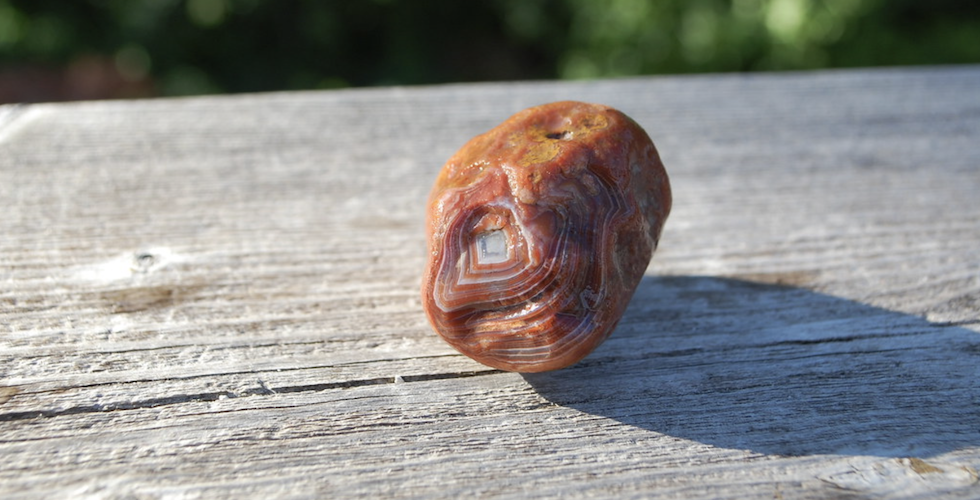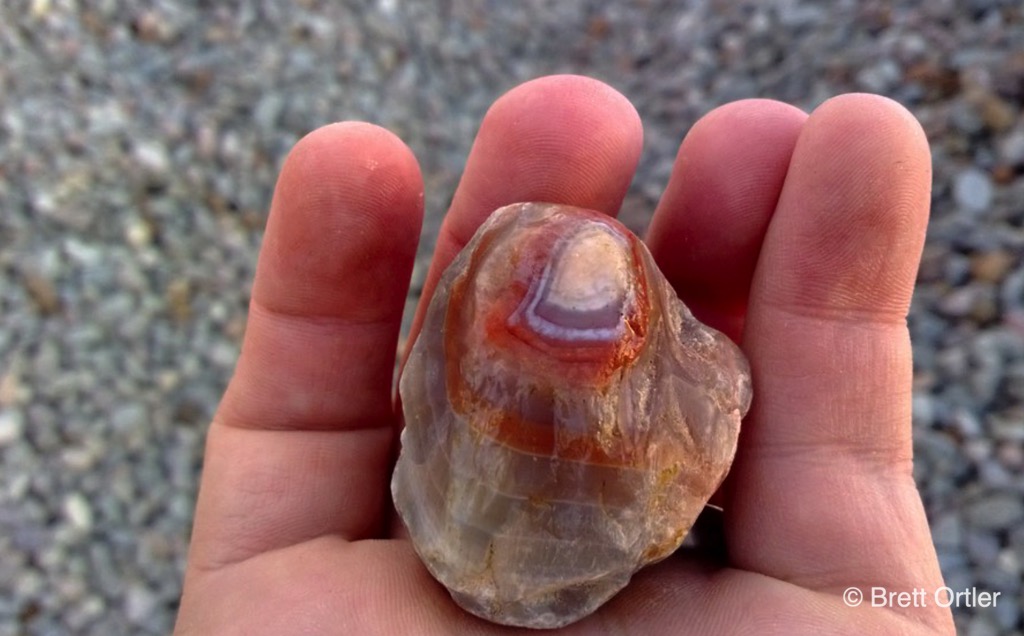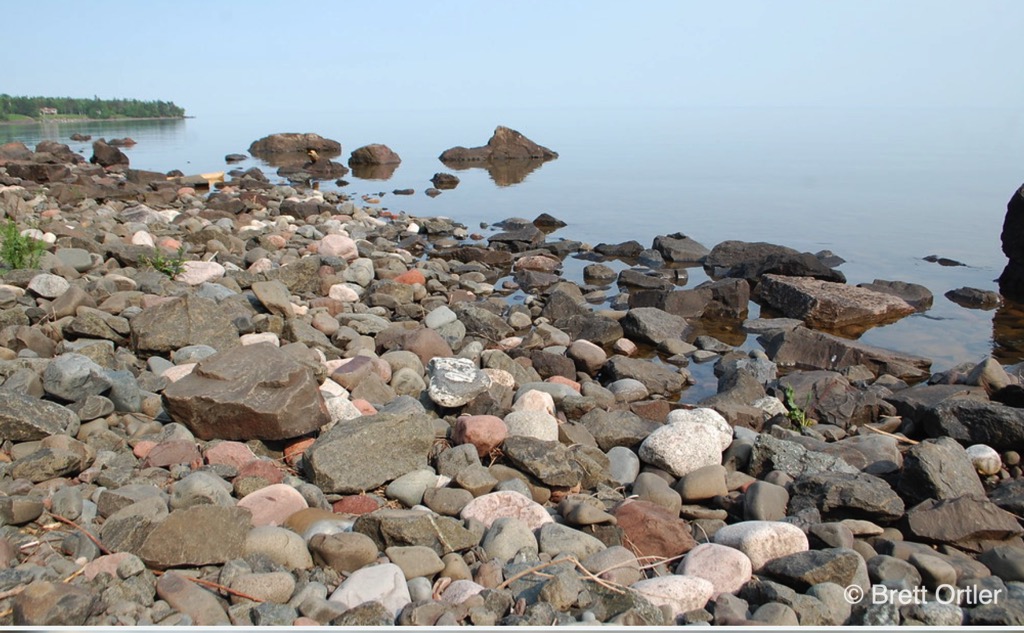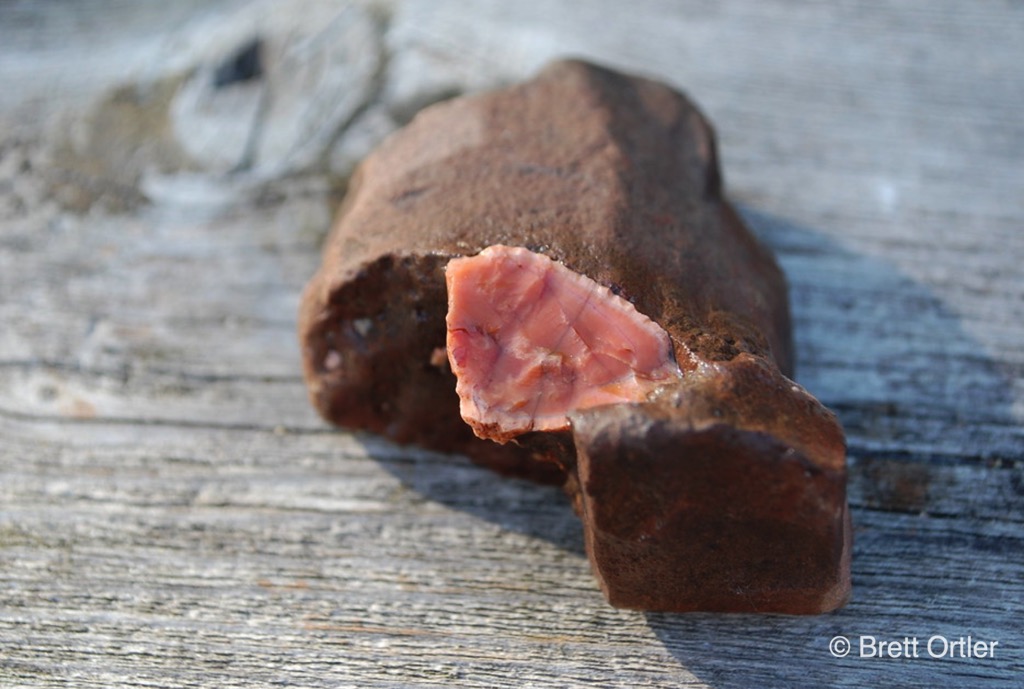
How to Start a Rock Collection
Starting a rock collection is a fun and easy way to take home some treasures and learn about the Earth. It is a fabulous family activity and kids will love the treasure hunt. Here are some basic instructions to help you start your own rock collection.
What You Need to Start a Rock Collection
A field guide
An adult
A container for your finds
What To Do
Start out by learning about your area’s geology. One of the easiest ways to do this is to simply pay attention to the rocks found in your neighborhood. When you’re walking around your neighborhood, or when you’re at a park, look at the landscaping rocks or road/trail materials. Chances are, those rocks come from a source nearby. For example, in Minnesota, gravel at playgrounds often comes from Lake Superior, so if you look hard enough in it, you’ll find Lake Superior agates. In Florida, you’ll find coquina, a building material that is made up of the remains of shellfish and other long-dead ocean animals.

Start Simple and Find a Collecting Site
Once you’ve established what you’re likely to find—and what’s especially sought-after in your area—you need to find a place where collecting is allowed. Rock collecting is not allowed at special places like national parks, local parks, and many state parks. The same is true on private land; if you want to look for rocks on private land, you need to have an adult help you get permission first.

One of the best ways to find good collecting sites is to join a local rock and mineral club. These groups often include experts and hold field trips where members can find rocks!
Another option is to look on public beaches and in other places where collecting is allowed. Always go with an adult, though, and have him or her confirm that collecting is allowed and safe first.
If you want to find something really special, have an adult help you find an area rock shop or a museum store. They often have really fun rocks you can buy, such as geodes and pretty polished gems.

Building Up a Collection
Pretty soon, you’ll be finding lots of rocks and you’ll need a place to store them. Old plastic food containers or a simple tacklebox are good options. If you really want to act like a geologist, take notes on what you find, and where. This is a great way to help you remember what you have learned about your area’s geology.
If you want to introduce a child to rock collecting, consider picking up Rock Collecting for Kids, one of the many field guides by Dan Lynch, or if you’re in the Midwest, Agate Hunting Made Easy by Jim Magnuson.
For more stories about wildlife and nature, sign up for our newsletter now!



Annie Long
The title of this book made me laugh–I never needed a lessons on >this< topic. My problem is how to downsize the immense rock collection that I've been growing for most of my life. Every time I look down I see a gorgeous rock that's pleadin, take me home. It's nearly impossible to put any rock back on the ground after I've picked it up. I love rocks, all shapes and kinds and sizes.
Liliane Opsomer
LOL Annie, that is amazing. I say: Hold on to that precious collection.